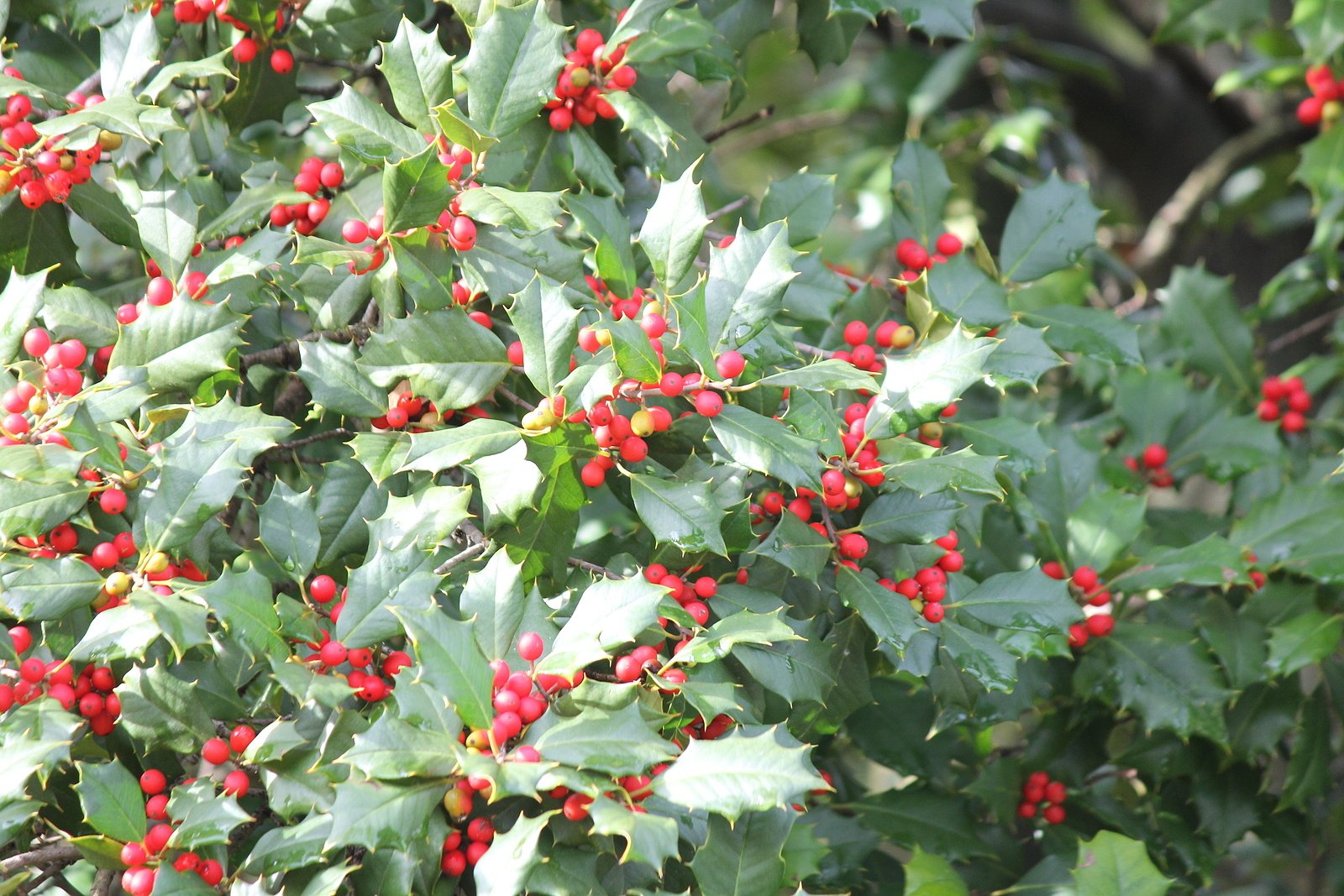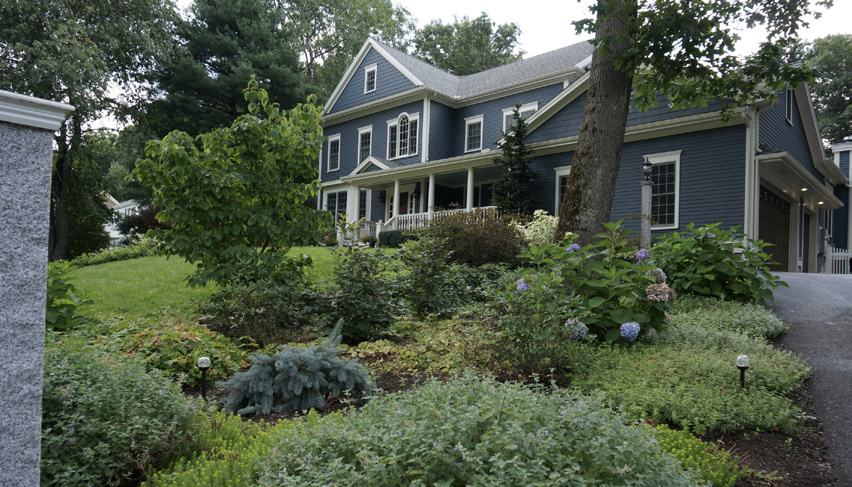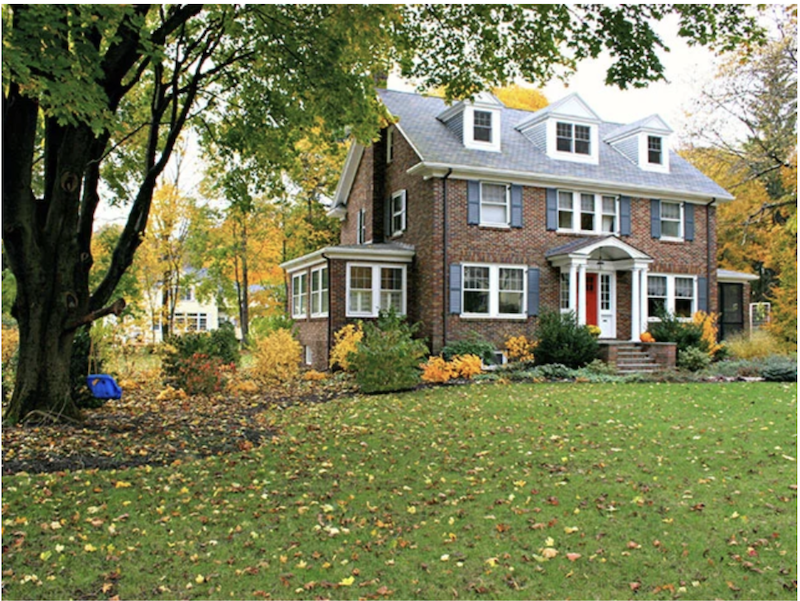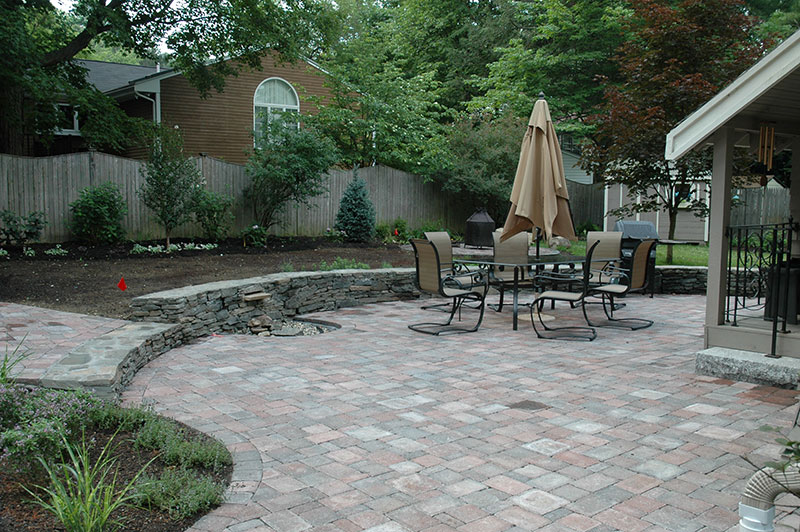While we may be firmly in summer’s grasp here in Massachusetts, as locals know, this weather won’t last forever. Although we are now seeing more extended runs of high temperature thanks to climate change, our area has traditionally had distinct cold and hot seasons.
But that doesn’t mean you only have to enjoy healthy blooms in your yard for a few months out of the year. Not much will grow in the bitter cold of the New England winter, but with some planning and careful selection of the right species, you can have a garden with color and blooms for nearly the entire year.
Here are our three best tips to extend your yard’s bloom time:

1. Group plants by bloom period
No matter what time of year it is, you’ll want to start off by looking at plants that are blooming in the current part of your season, whether that’s early spring, late spring, early summer, mid-summer, etc. If it’s too late to plant in the existing season or you are currently in a cold period, you can start planning what to plant for the future by extending out your plans month by month. If possible, try to plan for early spring and beyond in the fall.
The key is to choose enough plants to give you a healthy variety, but not so many that you are overwhelmed with too many different plants in each season. We suggest 3 to 5 different plants per season. Try to select species that bloom for as long as possible, and remember to consider everything about the plants, including their colors, successive bloom time, textures, whether or not they provide food for pollinators, etc.
Handpicked Related Content:
2. Use perennials
Perennials like sage and astilbes can be a mainstay of many gardens that stay attractive all year. Remember to keep in mind their corresponding bloom times, as different species of these plants bloom at different times of year. Perennials are also hardy, low-maintenance, and fit in well with the local flora. If possible, always try to use native perennials to ensure that they don’t have any negative effect on plants in the area. However, as long as the plants you use are non-invasive and can survive in our hardiness zone (6a & 6b) or lower, they should be fine.
For more information about perennials, check out our previous blog post on the subject.

3. Take inspiration from everywhere
In our fast-paced world of technology, it’s easy to get immersed in information and images that we access on our digital devices. But when it comes to the kinds of plants you can incorporate into your garden, you are usually better off taking inspiration from the world around you. One of our favorite ways to seek inspiration is to visit local nurseries to see displays of popular plants in bloom, or get inspired by the arrangement of plants in a unique or unexpected way. You can also visit arboretums and local parks for a similar effect.
Additionally, if you are struggling to come up with ideas, you can go to a nursery and pick out a few plants that are in bloom. By observing a plant in person, you’ll get a better understanding of how you feel about it and how well it may fit with your garden.
Learn how to make your yard a reflection of your own personality by downloading the ebook titled "How to Maintain Your Landscape and Transform it into a Beauty You'll Love."

Selecting an ecological gardening consultant in Massachusetts to extend blooms
In a large or complex garden, the precise scheduling of bloom times can be difficult, which is why we recommend working with a specialist. Our team at Moodscapes has decades of experience helping our clients maintain a lush, attractive garden that supports the local habitat — contact us today for a free consultation to learn how we can help you extend your garden’s bloom in eastern Massachusetts.






































